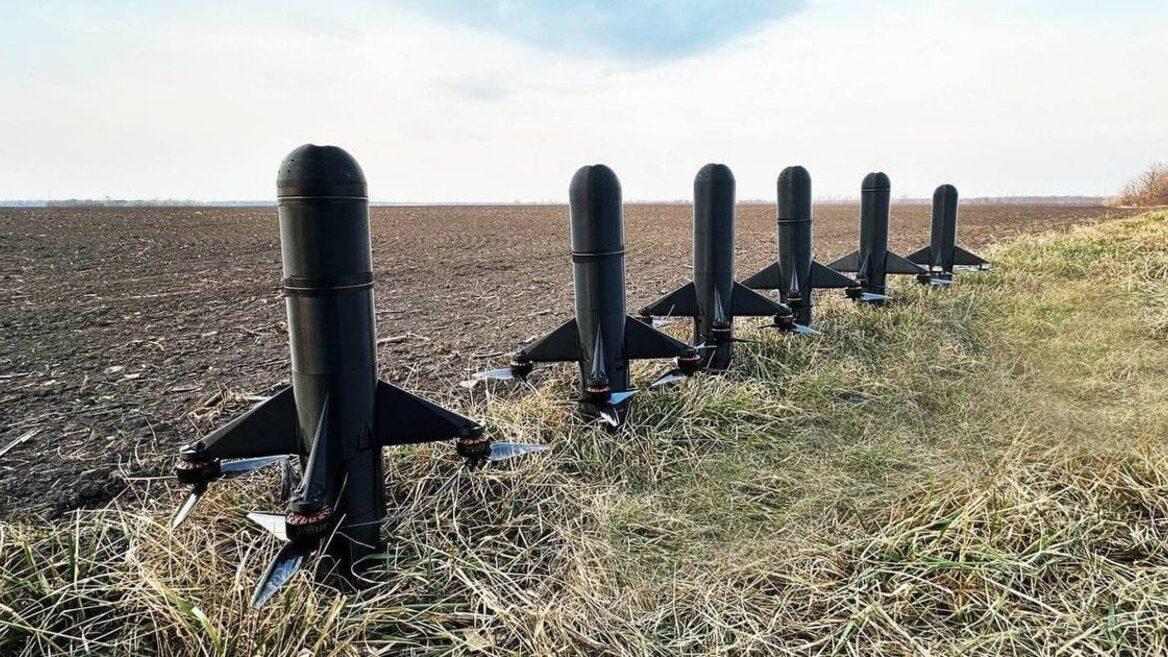By the end of November, Ukraine’s defense industry plans to produce 600–800 interceptor drones per day, the interim target and production ramp-up pace President Volodymyr Zelensky said at his briefing.
The head of state confirmed that the government’s benchmark of “up to a thousand per day” remains in place, and the current plan is a step toward that figure. He stressed that attacks on defense enterprises have not halted production: damaged facilities have resumed work, although output sometimes dips due to the loss of certain components.
“We believe that by the end of November 600–800 interceptor drones will be produced per day — if nothing is disrupted. Because sometimes they hit not only the power sector. But we have not lost any type of long‑range weapon,” the President said.
Zelensky added that missile programs are moving forward in parallel: “Flamingo” and “Neptune” are already in use. Detailed characteristics of other systems (such as “Palyanytsia,” “Peklo,” “Ruta,” “Flamingo”) are not being disclosed publicly so as not to harm manufacturers and the units that use them. He said the effectiveness of these decisions should be judged by the results of Ukrainian strikes in response to Russia’s mass attacks.
The push to increase interceptor production is driven by regular night raids of Shaheds and mixed strikes, which force the Armed Forces to flexibly combine air‑defense systems with cheaper platforms to destroy enemy UAVs. Since the start of autumn, the government and relevant agencies have been systematically localizing critical components to reduce dependence on imported parts and to restore workshops more quickly after strikes.
Both state enterprises and private manufacturers are involved in the industrial cooperations. According to the President, their capacity allows further scaling, provided the supply of electronics and logistics security remain stable. The next government goal is to reach the announced capacity “up to a thousand per day” and to synchronize this with missile production to strengthen long‑range capabilities.




















